This article was co-authored by wikiHow staff writer, Luke Smith, MFA. Luke Smith is a wikiHow Staff Writer. He's worked for literary agents, publishing houses, and with many authors, and his writing has been featured in a number of literary magazines. Now, Luke writes for the content team at wikiHow and hopes to help readers expand both their skillsets and the bounds of their curiosity. Luke earned his MFA from the University of Montana.
There are 16 references cited in this article, which can be found at the bottom of the page.
Learn more...
There’s more to square dancing than swingin’ your partner round and round, though that’s definitely a big part of it. The traditional dance style dates back to 17th-century England, then made its way across the Atlantic to American dance halls, where it cemented itself as an emblem of small-town communities. If you’ve ever been to a square dance, you know that those folks get real fancy with it, so fancy it makes your head spin. But everyone’s gotta start somewhere, and that’s where we come in. We’ll give you some pointers on squaring up, common moves (or “calls”), and square dancing etiquette so that you can hit the floor and join the fun.
Things You Should Know
- Find a partner, and then find 3 more pairs to form a square of 8 people.
- Listen to the caller and follow their instructions as you dance—keep your ears open and stay light on your feet!
- Join hands with the dancers on either side of you, then walk to your left or right to “circle left” or “circle right,” respectively.
- Take 3 steps forward and tap your toe on the floor, then take 3 steps back and tap again to perform the “forward and back” call.
Steps
Getting in Position
-
1Grab a partner, then find a group. Square dance is performed in pairs, so ask someone to dance and get in position—traditionally, the man starts on the left, and the lady on the right. Then each pair groups up with 3 other pairs, and the 4 pairs all stand in a square facing each other. That’s where the name comes from![1]
- The “first couple” stands with their back to the source of the music, and the other couples are then numbered 2-4 counterclockwise from the first. These numbers come into play in some dance moves.
- “Head couples” are the first and third couples (facing each other), and “side couples” are the second and fourth couples.
- Note that square dancing delineates partners by the “man” and “lady,” and these terms are used to describe and call the moves, but you can dance with anyone you like! Free dancers holding up their right hand are willing to dance the man’s position; a left hand indicates a dancer able to dance the lady’s position.[2]
-
2Nod or bow to your partner, and also to your corner partner. Your “corner partner” is the nearest person in the couple immediately next to you. They’ll be your temporary partner for some particular calls, so it’s nice to say a quick “howdy” to them and introduce yourself. While you’re at it, introduce yourself to the whole square. In square dancing terms, y’all are a “family” now![3]Advertisement
-
3Listen to the caller and follow their lead. Every square dance has a “caller,” or an announcer who shouts out the next move that all the dancers will follow. Keep your ears open for the next call, and follow the flow of the dance.[4]
- Many calls are fairly self-explanatory, like “circle left” (everyone forms a circle and moves to the left), but some calls need a little studying, like “allemande left” (we’ll get to that one soon).
Common Calls
-
1Circle Left and Right Everyone in the circle joins hands and moves in a circle, either to the left or the right, depending on the caller’s directions. If the caller just says “circle,” assume you’re headed left.[5] Careful not to step on any toes!
- Face slightly in the direction you’re moving; you’re not walking sideways, but forward at a comfortable angle.
-
2Forward and Back Each dancer walks 3 short steps forward, then taps their free foot on the floor in front of them. Then, everyone takes 3 steps back to their starting position, starting with the foot they just tapped, and finishes by tapping their new free foot on the floor beside the other.[6]
- Altogether, this move takes 8 beats to perform; 4 beats forward, 4 beats backward.
- Start this step with your right foot by default, but feel free to use your left foot if it’s more comfortable.
-
3Swing Your Partner You’ve heard this one! Grab your partner and hold them in a ballroom pose, holding your left hands together The man places his right hand on the lady’s waist, and the lady places her right hand on the man’s shoulder. Then, spin clockwise in a full circle, ending with the man swinging the lady off his arm until she’s facing the center again.[7]
-
4Half Sashay Dancers in a pair swap positions without changing the direction they’re facing. The dancer on the right steps to the left, while the dancer on the left steps backward and to the right to let the other dancer pass before stepping forward into position.[8]
- The half sashay is often followed by a “rollaway,” in which the dancers once again swap places, this time joining hands while the dancer on the left twirls the dancer on the right.
-
5Do-si-do Both partners turn toward each other, then step past each other on the left side, so that their right shoulders almost touch. Then, without turning, step around your partner to the right, and pass their left shoulder while stepping backward, returning to your original position.[9]
- This step takes 6 beats altogether—count it out as you circle your partner.
-
6Allemande Left Join left hands (or grab left forearms) with the nearest dancer in the couple adjacent to you (ladies join hands with the man of the adjacent couple, and men join hands with the lady of the nearest couple), and turn in a full clockwise circle until you’re back next to your original partner.[10]
- For an allemande right, perform a reverse allemande left: join right hands and spin counterclockwise.
-
7Right and Left Grand Turn to face your partner and take their right hand, then step past their right shoulder so that you're face-to-face with a dancer from the adjacent couple (men will first join with the man of the nearest couple, and ladies will first join with the lady of the adjacent couple). Take that dancer’s left hand and step past their left shoulder. Repeat this movement, alternating hands with each dancer, until you come face-to-face with your original partner.[11]
- You and your partner will walk separate ways and step past each dancer in the square until you both meet again on the far side of the square from where you started.
- You’ll pass by both men and ladies as you perform this move.
-
8Promenade Each couple turns sideways to their right and walks together in a circle counterclockwise, so that the group forms a rotating cross with the men at the center. Unless the caller stops the dancers early, each group walks until they reach their original positions.[12]
- In a “single-file” promenade, the group walks counterclockwise in a single-file line, without coupling up.
- A “weave the ring” is a promenade without hand-holding—everyone passes on alternate sides without touching.
-
9Balance Dancers join hands and hop forward on one foot (called by the caller) then touch their other foot lightly to the floor, before using that foot to hop backward again, finally touching the first foot to the floor beside it.[13]
-
10Pass Thru Two opposite pairs of dancers face each other and move forward, passing each other on the left so that their right shoulders almost touch with the corresponding dancer of the opposing pair. The move ends with both pairs on opposite sides of the square, with their backs facing each other.[14]
- The caller indicates which pairs in the square pass thru, shouting, “Head pass thru!” to direct couples number 1 and 3 perform the move. “Sides pass thru!” directs couples 2 and 4.
-
11Right or Left Star Either the ladies or the men (whichever the caller indicates) join right or left hands (again, pay close attention to the caller, now) in the center and begin to move either clockwise (for right) or counterclockwise (for left).[15]
-
12Ladies Chain Two ladies (indicated by the caller) come forward and join right hands, pulling each other past themselves. Their partners then step forward and a bit to the right, greeting the ladies with their left hands, and swinging them around so that they stand shoulder-to-shoulder, facing into the square.[16]
- The 2 couples will end the move with swapped partners.
-
13Do Paso Partners face each other and link left arms, swapping places. Then, the dancers link their right arms with the nearest dancer in the adjacent couple (men with the ladies, ladies with the men), swinging around clockwise to meet their original partner. Finally, partners perform a full turn, without linking (known as a “courtesy turn”).[17]
Square Dance Ettiquette
-
1Take small steps and move lightly to stay in control. Square dancing requires the full coordination of everyone in the square, so don’t take overly long or dramatic steps. Keep your weight on the balls of your feet and use your partner for balance—just don’t lean on them too much![18]
-
2Use a light grip when holding hands. It’s easy to get caught up in the excitement of the music, but mind your grip when taking hold of your partner. A too-firm grip is uncomfortable and can make it difficult to perform certain moves. Hold other dancer’s hands gently so that you can meet and part easily during the dance, without any fuss.[19]
- Always default your hand-holding to your right palm facing upwards and your left palm facing downwards. The other dancer will do the same, and your grips will match perfectly every time.
-
3Coordinate with your group and laugh off mistakes. Part of the fun of square dancing is executing this twirling, dynamic puzzle together. Listen intently to the caller, keep your square tight, and guide other dancers with your actions, not your words, to avoid confusion. If someone makes a mistake, complete the call to the best of your ability and wait for the next one.[20]
-
4Wear comfortable, long-sleeve shirts. Traditional square dancing attire often consists of formal, regional blouses, skirts, trousers, and shirts, but these aren’t typically required to join in on the fun. You do typically need long sleeves, however. A long-sleeved shirt makes moves like interlocking elbows much more comfortable for yourself and other dancers.[21]
References
- ↑ https://www.cusd200.org/site/handlers/filedownload.ashx?moduleinstanceid=5051&dataid=2941&FileName=Square_Dance_Terms.pdf
- ↑ https://wildebunch.org/pages/documents/etiquette.html
- ↑ https://www.cusd200.org/site/handlers/filedownload.ashx?moduleinstanceid=5051&dataid=2941&FileName=Square_Dance_Terms.pdf
- ↑ https://www.krubow.com/SDIntro.htm
- ↑ https://teaching.callerlab.org/basic-part-1/circle-left-circle-right/
- ↑ https://teaching.callerlab.org/basic-part-1/forward-and-back-definition/
- ↑ https://teaching.callerlab.org/basic-part-1/swing-definition/
- ↑ https://teaching.callerlab.org/basic-part-1/sashay-half-definition/
- ↑ https://teaching.callerlab.org/basic-part-1/dosado-definition/
- ↑ https://www.cusd200.org/site/handlers/filedownload.ashx?moduleinstanceid=5051&dataid=2941&FileName=Square_Dance_Terms.pdf
- ↑ https://teaching.callerlab.org/basic-part-1/right-and-left-grand-definition/
- ↑ https://teaching.callerlab.org/basic-part-1/promenade-couples-definition/
- ↑ https://teaching.callerlab.org/basic-part-2/ocean-wave-balance-definition/
- ↑ https://teaching.callerlab.org/basic-part-1/pass-thru-definition/
- ↑ https://www.cusd200.org/site/handlers/filedownload.ashx?moduleinstanceid=5051&dataid=2941&FileName=Square_Dance_Terms.pdf
- ↑ https://teaching.callerlab.org/basic-part-1/ladies-chain-two-definition/
- ↑ https://teaching.callerlab.org/basic-part-1/do-paso-definition/
- ↑ https://www.chitownsquares.org/learn-to-square-dance/tips-for-new-dancers
- ↑ https://www.chitownsquares.org/learn-to-square-dance/tips-for-new-dancers
- ↑ https://www.chitownsquares.org/learn-to-square-dance/tips-for-new-dancers
- ↑ https://floridasquaredance.com/dixiedancers/new_square_dancers.htm
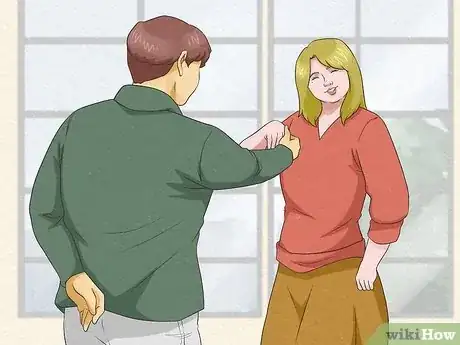
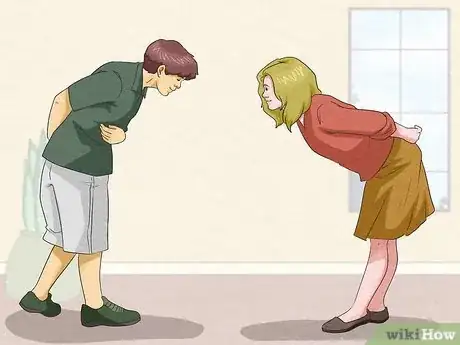
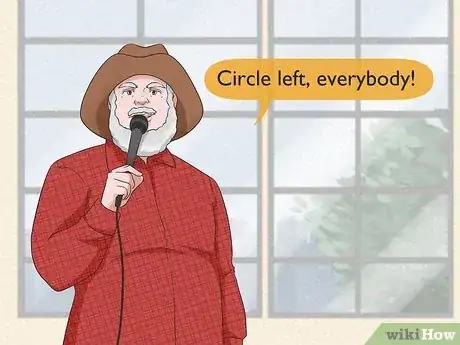
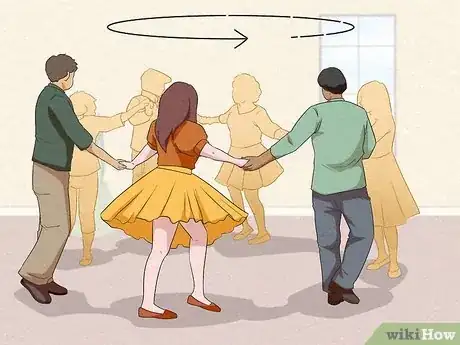
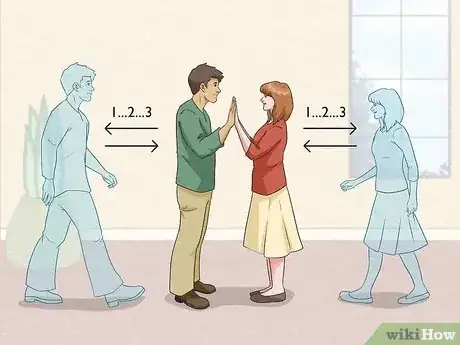
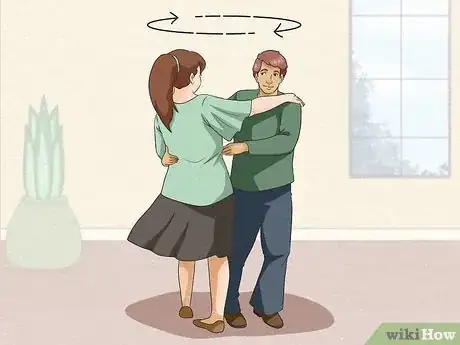
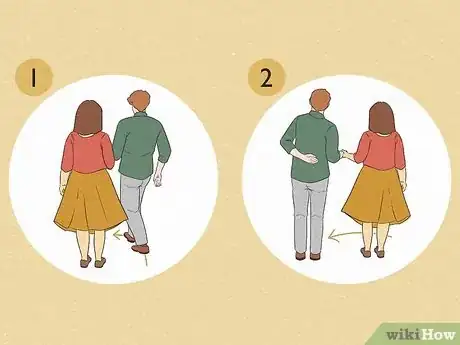
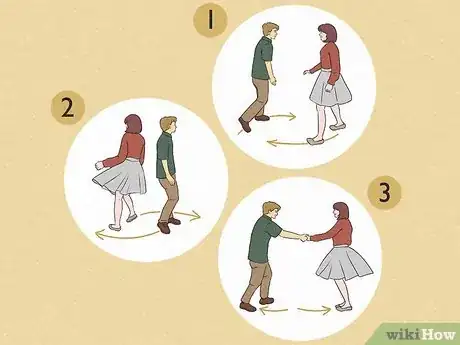
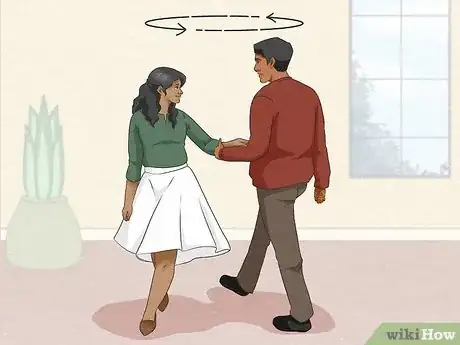
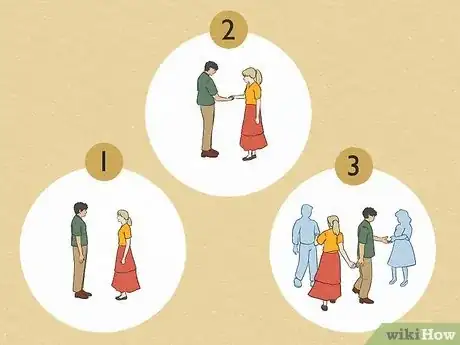
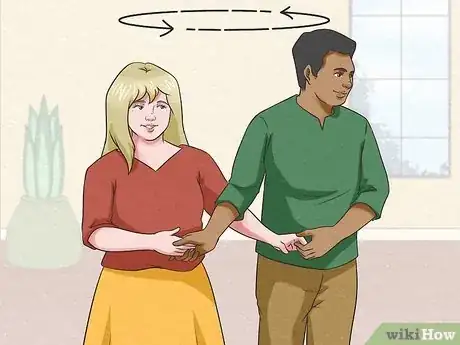
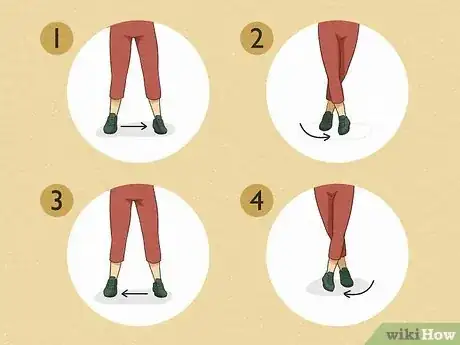
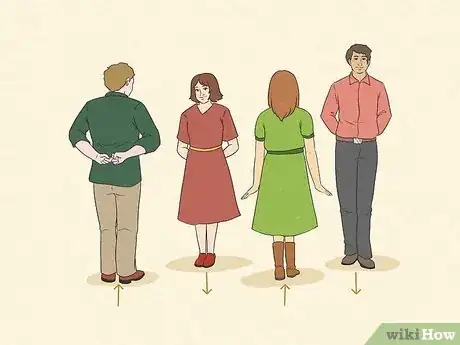
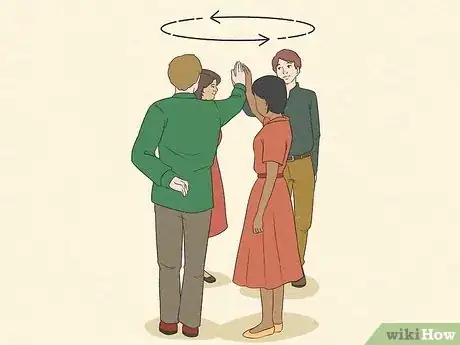
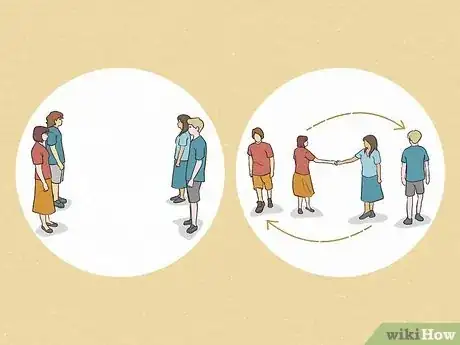
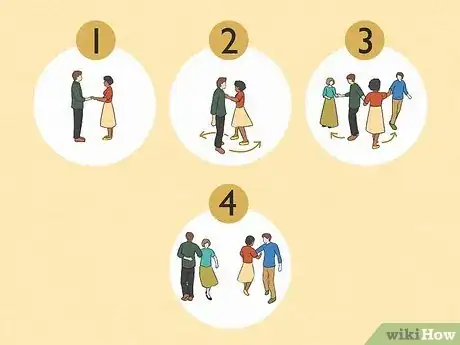
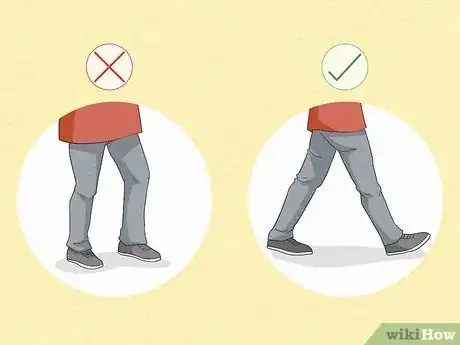
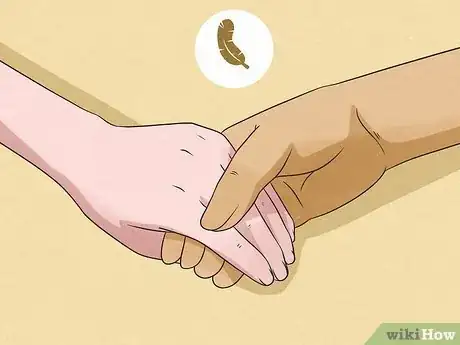
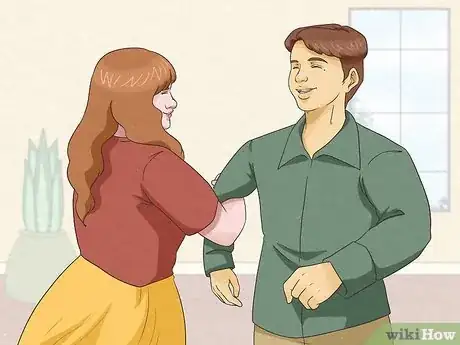

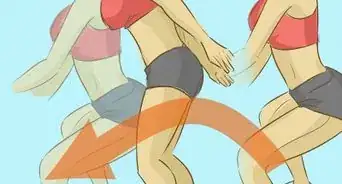

-Step-19-Version-2.webp)
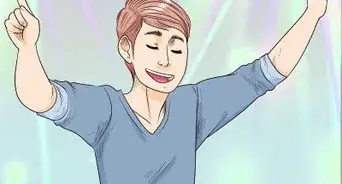
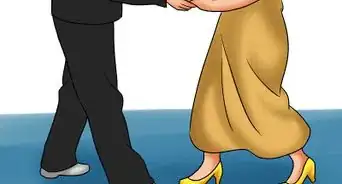
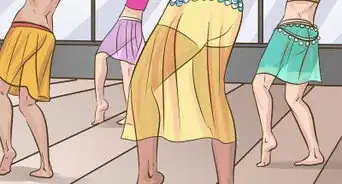
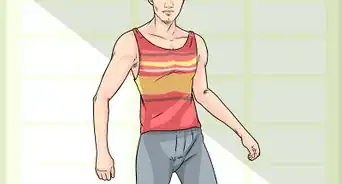
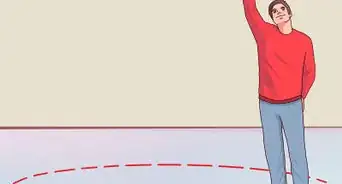
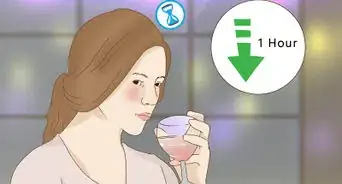
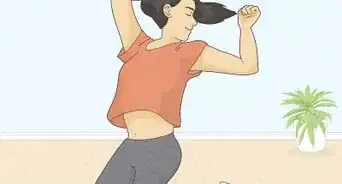
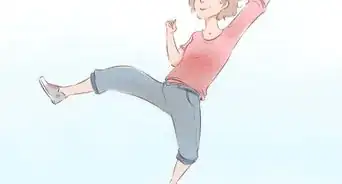
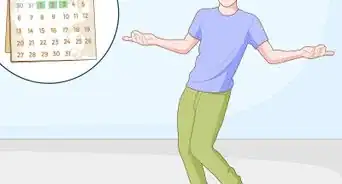








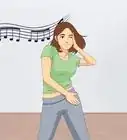
-Step-19-Version-2.webp)



































